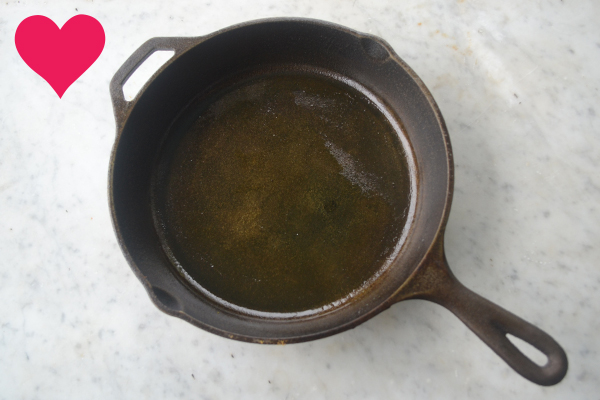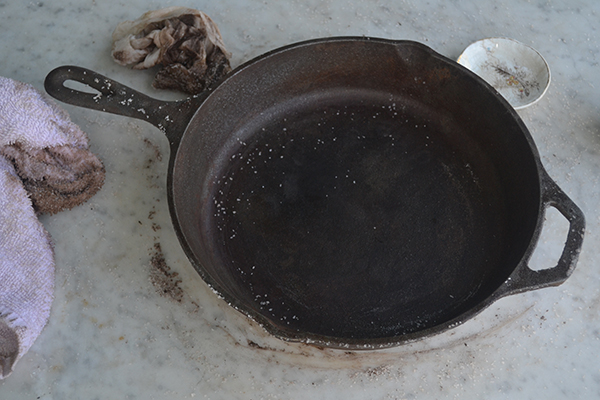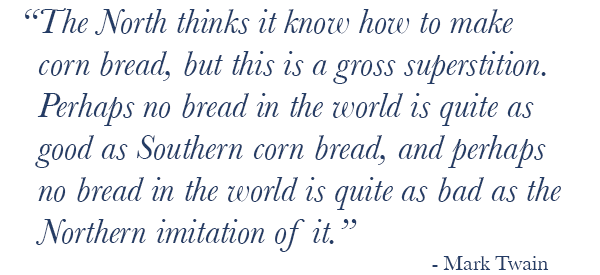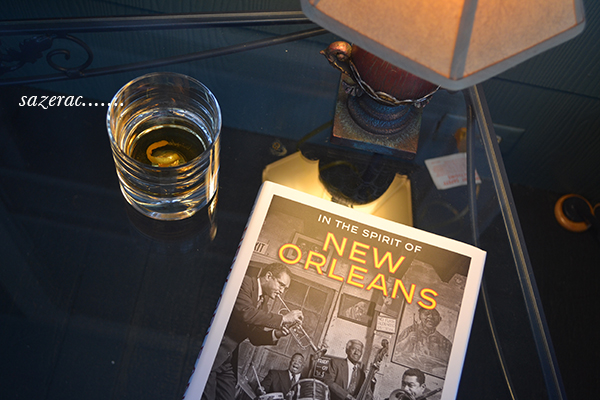I’ve been excited about this post all week! Allow me the pleasure of introducing to you, the epitome of the Alabama hostess: Rebecca Gordon. I met Rebecca last Fall when Husband & I headed down to Charleston for an event with Southern Living to celebrate the release of The Official SEC Tailgating Cookbook. At that time, Rebecca was serving as SL’s test kitchen director (she’s currently a Contributing Editor) and her enthusiasm was contagious when she cooked. I immediately fell in love with her absolutely delicious recipes as well as her passion for Alabama football–both of which are front & center on her blog: Buttermilk Lipstick.
Buttermilk Lipstick quickly became my favorite recipe stop on the web. The thing I love the most is that Rebecca doesn’t just give you recipes, she shares tips & secrets from her years of experience that make those recipes foolproof! A couple weeks ago, I tried my hand at her pimento cheese (*delish*), tonight I’ll be making her Southern cornbread (obviously), and this weekend, my mom will be getting these m&m chocolate chip cookies. So let’s get to know Rebecca a little more, shall we?

Hometown: Birmingham, Alabama
Southern Destination of Choice:
The Houndstooth Capital of the South, Tuscaloosa, of course (!) …especially on game day Saturday’s. And when the United States Air Force is scheduled for a flyover before kick-off in Bryant-Denny Stadium… Umm, chills. Witnessing the Crimson Tide bust out of the end zone and onto the field before a home football game just can’t be beat. I’ve been known to get a little teary at times… there’s a passion in that stadium that can’t be duplicated and so many moving stories are represented from the players, to the coaches, to the fans of why they love Alabama football so much. For some it’s based on family roots and for others, they’re converts based on a job move from another state and they had to declare an allegiance to one of the state schools or be pestered relentlessly. Southern college football brings folks together from all walks of life and unites them in a way like nothing else… Roll Tide!
A close second is Charleston. I attended Johnson and Wales when it was located in the old cigar factory on East Bay Street. I can lose myself in the architecture and the history walking around downtown, not to mention the food scene can’t be beat. Being close to the beach doesn’t hurt either. The houses on Sullivan’s Island are simply gorgeous. They’ve done such a fine job of preserving the integrity of the area.
Favorite Southern Tradition:
Not to be a goose and all, but there again, tailgating and watching Alabama football. I don’t mean to rile anyone up or anything, but I do have the 3rd Saturday in October circled with vigor on my calendar each fall. (We do too, Rebecca. Don’t you worry!) I, my friend, lived through the “lean years” and let’s just say, an elephant never forgets.
Be Sure to Say Hello!
Rebecca’s Blog: Buttermilk Lipstick
Buttermilk Lipstick on Facebook
@ButtermilkLips on Twitter






